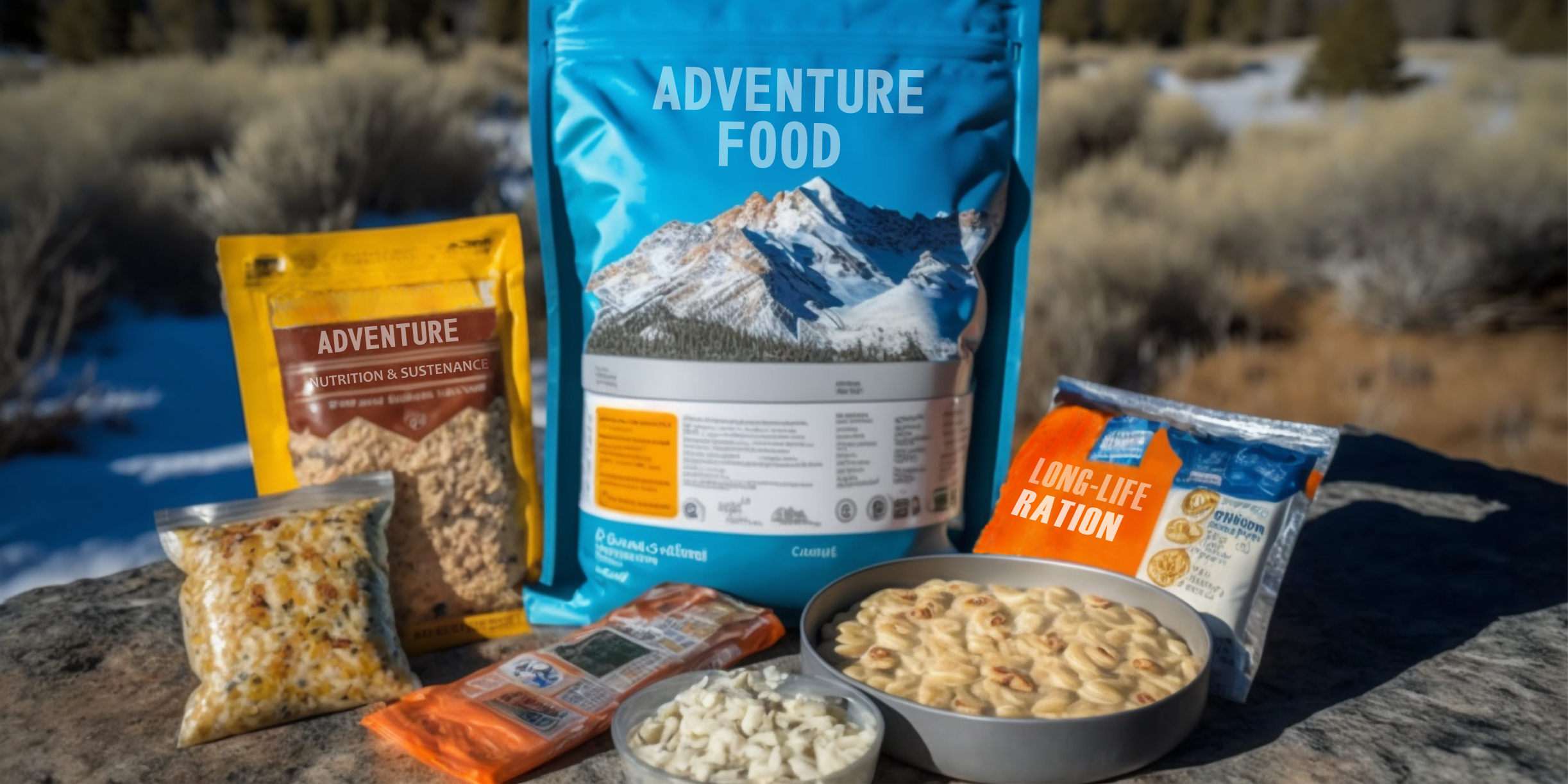
The Pros and Cons of Pre-Packaged Adventure Foods: Which Ones to Choose
The Pros and Cons of Pre-Packaged Adventure Foods: Which Ones to Choose
Embarking on an outdoor adventure requires careful planning, especially when it comes to nutrition. Pre-packaged adventure foods, also known as ready-to-eat meals or dehydrated meals, have become increasingly popular among outdoor enthusiasts. These meals promise convenience, lightweight packing, and a variety of choices. However, like any product, they come with their own set of advantages and disadvantages. This comprehensive article aims to explore the pros and cons of pre-packaged adventure foods, helping you make informed decisions about your outdoor nutrition needs.
-
Pros of Pre-Packaged Adventure Foods
-
Convenience and Ease of Preparation: One of the most significant advantages is their convenience. These meals require minimal preparation, often just adding water. This ease of preparation is a boon in outdoor settings where cooking facilities are limited.
-
Lightweight and Compact: They are designed to be lightweight and space-saving, which is crucial when you need to pack efficiently for long treks or climbs.
-
Long Shelf Life: Pre-packaged meals typically have a long shelf life, making them ideal for extended trips and emergency food supplies.
-
Diverse and Improved Taste Options: Gone are the days of bland freeze-dried foods. Today, companies offer a range of flavourful options, catering to various dietary preferences including vegan, gluten-free, and meat-based meals.
-
-
Cons of Pre-Packaged Adventure Foods
-
Nutritional Limitations: While convenient, some pre-packaged meals may not provide a balanced nutritional profile. They can be high in sodium and preservatives, with limited fresh ingredients.
-
Cost: These meals can be more expensive than traditional backpacking food options, such as bulk grains or DIY trail mix.
-
Environmental Impact: The packaging of these meals contributes to plastic waste, which is a growing environmental concern.
-
Taste and Texture Preferences: Despite improvements, some individuals may still find the taste and texture of freeze-dried meals less appealing compared to fresh food.
-
-
Choosing the Right Pre-Packaged Adventure Foods
-
Consider Nutritional Content: Look for meals that provide a balance of carbohydrates, proteins, and fats, and check for essential vitamins and minerals.
-
Check Ingredient Lists: Opt for meals with fewer preservatives and additives. More natural and whole food ingredients can offer better health benefits.
-
Assess Your Energy Requirements: Depending on the intensity of your adventure, your calorie needs may vary. High-energy activities require meals with higher calorie content.
-
Dietary Restrictions and Preferences: Select meals that align with your dietary needs, whether you're looking for gluten-free, vegan, or allergen-free options.
-
-
Popular Brands and Options
Several brands have made a mark in the adventure food market. Brands like Mountain House, Readywise, and Fuel Your Preparation are known for their wide range of options and quality.
- DIY Alternatives to Pre-Packaged Meals
For those who prefer homemade options or are conscious of cost and waste, creating DIY dehydrated meals can be a great alternative. Dehydrating your own meals allows you to control ingredients and portions, and can be a fun pre-trip activity.
- The Role of Hydration and Supplements
In addition to solid food, maintaining hydration and supplementing with vitamins or minerals as needed is crucial during outdoor activities. Always carry enough water and consider using water purification methods if sourcing water from natural environments. For more advice, visit Accessing Clean & Safe Drinking Water.
- The Future of Adventure Foods
Innovation in the industry suggests a future with even more variety and improved nutritional profiles. Advances in food technology may lead to enhanced flavours, textures, and shelf stability.
Final Thoughts
Pre-packaged adventure foods offer a convenient, efficient, and increasingly tasty option for outdoor enthusiasts. While they have their drawbacks, such as cost and environmental impact, the benefits they provide in terms of portability, practical convenience and variety are significant. When choosing these foods, it’s important to consider nutritional content, dietary needs, and personal taste preferences. Balancing these pre-packaged meals with DIY alternatives and sustainable choices can enhance your outdoor experience while minimizing negative impacts.
For more advice on what food to take with you on camping, hiking & expeditions, we suggest you visit our food recommendations articles.
Suggested Articles
The Best Lightweight Foods for Backpacking and Hiking
Introduction: The importance of lightweight foods for backpacking and hiking Backpacking and hiking are popular outdo...
Planning an Outdoor Adventure - The 10 Steps
In the UK, there are huge opportunities for anyone interested in outdoor adventure activities - with around 15 nation...
Emergency Food for Low-Income Individuals: Access and Affordability in Times of Crisis
During times of crisis, securing basic necessities becomes a challenge, with food security becoming an urgent concern...




